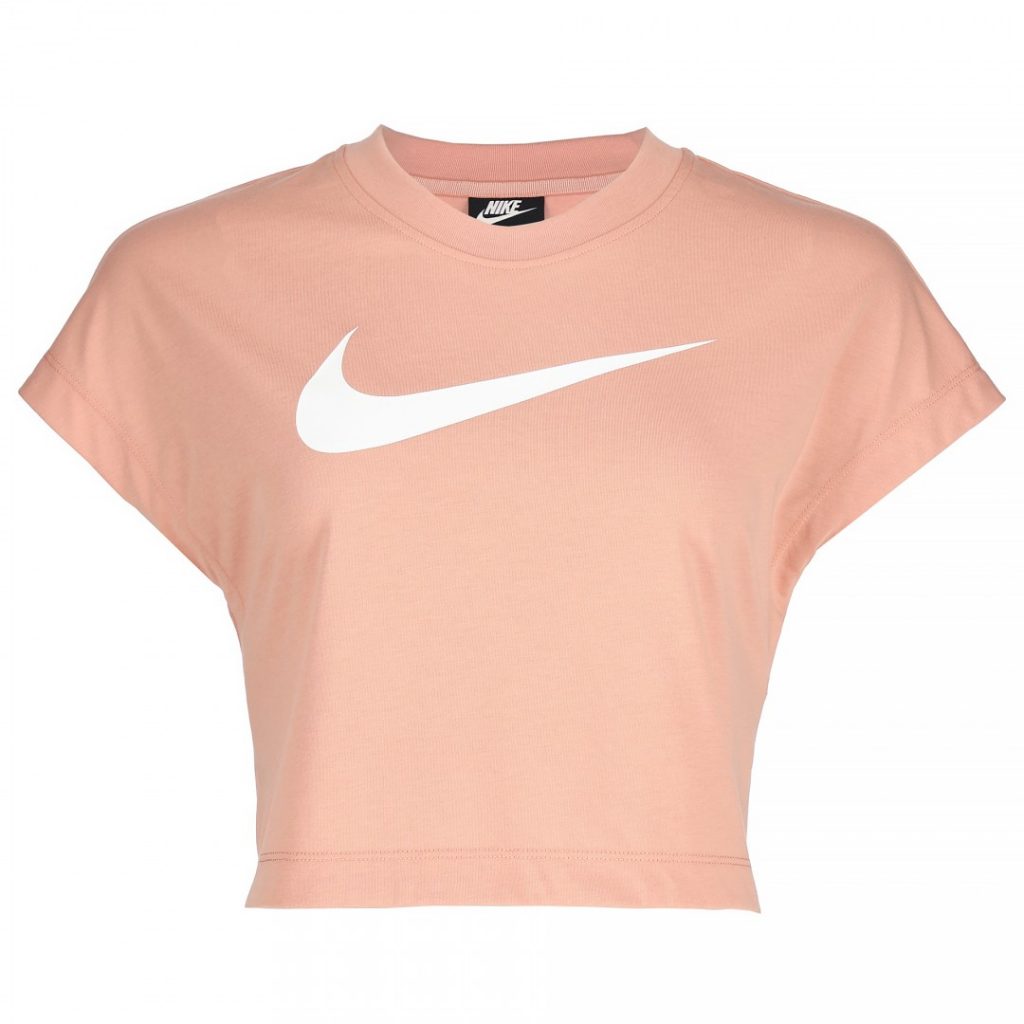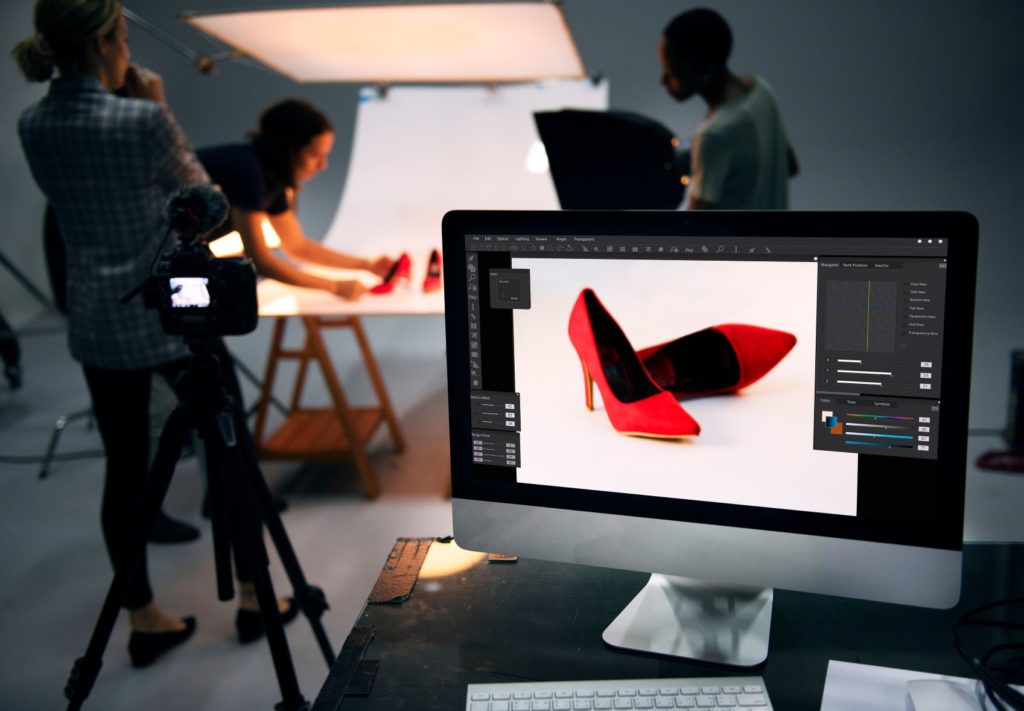It may surprise you but the product images often used in the e-commerce aren’t always copyrighted. Which means that in certain cases the authors won’t be entitled to claim damages from a person using such photos for their own, even commercial, needs. Let’s see when and why.
Which photos are and which aren’t protected by copyrights in the EU?
As mentioned in my other article the works, to be copyrighted, must be original in the sense that they must be the author’s own intellectual creation. This general rule is valid also with reference to the photographs: under art. 8 of the EU Directive 2006/116 “photographs which are original in the sense that they are the author’s own intellectual creation shall be protected”.
As you can imagine, it’s really hard to determine that a photograph isn’t “the author’s own intellectual creation”. The photographs which may lack protection are the ones that only depict certain object or person or situation without any individual choice of perspective, light, general composition or even special technique etc.: without an expression of the individual self of the photographer. But in most cases, it’ll be impossible to state a photograph doesn’t contain any artistic expression of its author. Therefore, almost all photographs will be considered original and, as such, fully protected. However, if we had to choose which photographs aren’t original, is there a more blatant example than the packshots (pictures of the products as the one below)?

That conclusion was confirmed by the courts of Poland. For example, the Cracow Court of Appeal with the sentence of 23 October 2018, case no. I ACa 125/18, specified that for a photograph to be eligible for copyright protection, it must be characterized by the author’s creativity, resulting from his artistic independence. Furthermore, the Court stated that the photographs cannot be protected by copyright if they have a “registrational” character, are created to reflect the features of the object, which is thus reflected in the most faithful way possible, without being granted any personal character from the author of the photo. In this way, the Court of Appeal confirmed the first instance decision stating that the packshots analyzed in that case aren’t eligible for copyright protection.
An interesting solution is provided for in the Italian Copyright Law. In particular, art. 87 of that Law sets forth the protection of the so-called “simple photographs” that include “images of people or aspects, elements or facts of natural and social life”. These photographs give to the author the exclusive right of reproduction even if they aren’t original. However, the protection is shorter and the use of these photos by third parties cannot be considered a violation if on the copies of the products published there was no information regarding the author and the date on which the photograph was taken.
For example, in the lawsuit against an online newspaper that used a photograph of Moana Pozzi, an Italian pornstar, taken more than twenty years ago by Antonio Minischetti, a photo reporter, the Court of Milan decided with the sentence no. 12188/2016 published on 7 November 2016 that, beyond the absence of the date of the photo, in the photograph, “a personal style of the author was absent, nor had he indicated the elements based on which they should have been considered artistic creations”. Accordingly, the photograph was denied protection.
On the other hand, in a case regarding product photos and publishing of a whole catalogue, the Cour de cassation (Supreme Court, France), Commercial Chamber, in a decision of 5 April 2018, case No 13-21001, decided that the photos in the auction house catalogue of Camard were the result of the ‘personal aesthetic choices’ of the author as to the positioning, framing or the particular take on the items and, as such, protected. As noted by Béatrice Cohen, the originality of these photographs could be recognized because of the choice by the author of the arrangement of the objects photographed, the light and shadows, as well as a post-production work regarding the contrasts and colourization. Unfortunately, I couldn’t find these photos in a way we could assess ourselves their originality. If you find them, please let me know in the comments.
As you see, in the EU very often simple photos of the products that just reflect the features of the object in the most faithful way possible won’t be considered an art and, as such, will be deprived of protection or their protection will be limited. On the other hand, each photo will be individually analyzed by the judges and we may be hardly disappointed if they find, in the photographs we though aren’t protected, elements of originality. To me, the line is quite thin and our judgments may be easily quite unjust when it comes to art. For example, would you say the photos in the article by doofinder are or aren’t artistic? That’s why in doubt it’s always better to use our own, creative works or make sure we have a licence to use the pictures.
What about Amazon takedown procedures?
Amazon has quite an effective system of infringement notices, through their special form or the Brand Registry (the latter even more effective). The offer containing an infringing (or just seemingly infringing) photo may be taken down immediately by Amazon and only after you submit a founded appeal, they may reactivate the offer. It’s worth noting, however, that in doubt Amazon may prefer to maintain the offer deactivated than to risk lawsuits themselves (they aren’t responsible as long as they don’t know about the infringement). It may be, therefore, harder to fight Amazon than to convince a court about the lack of an infringement. The same applies to other similar online shops such as eBay, Alibaba, Aliexpress etc.
Can I use product images from official websites of the manufacturers?
Generally, the answer is no, unless there is explicit permission for such use or unless you are sure such images aren’t copyrighted (which, as we’ve seen, isn’t that easy). Often the official manufacturers or other distributors may make available for use some marketing materials to promote the mutually profitable sales of their products. Therefore, it may be worth searching just a little bit longer and avoid anxiety connected with possible infringements.
And what about you? Do you think the photos of the products aiming to simply reflect faithfully their features without any special “effects” should be protected?
